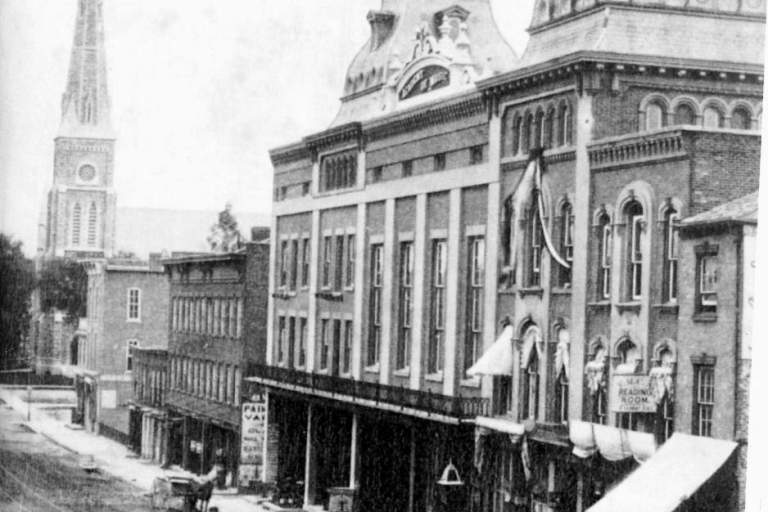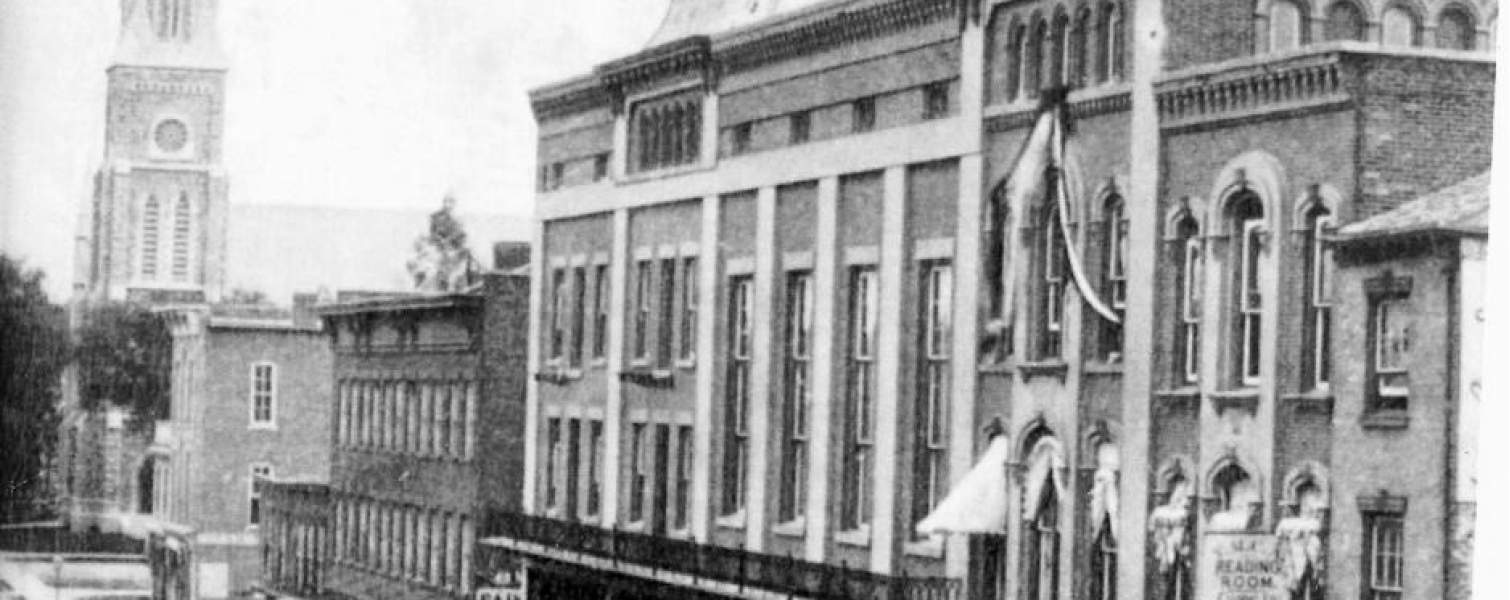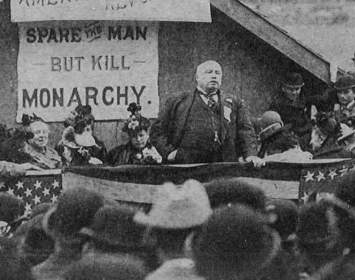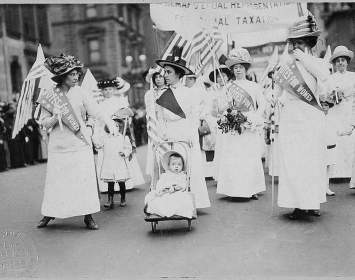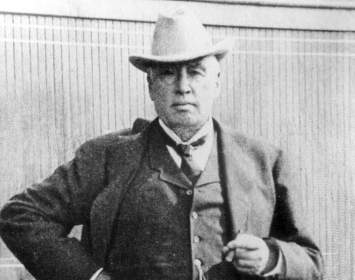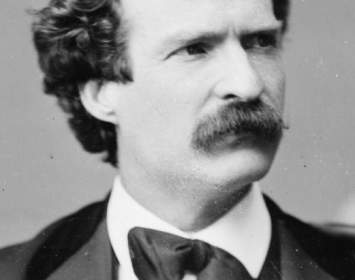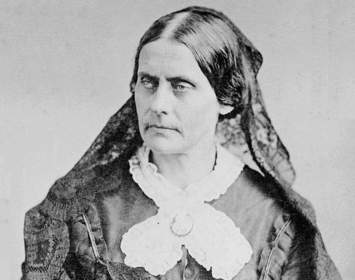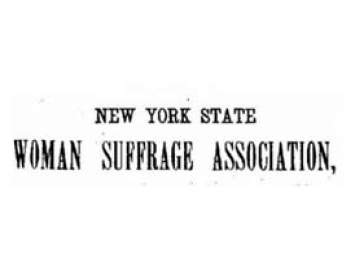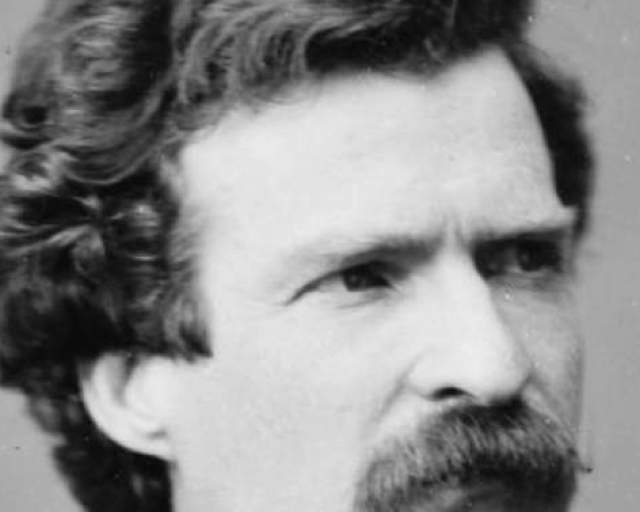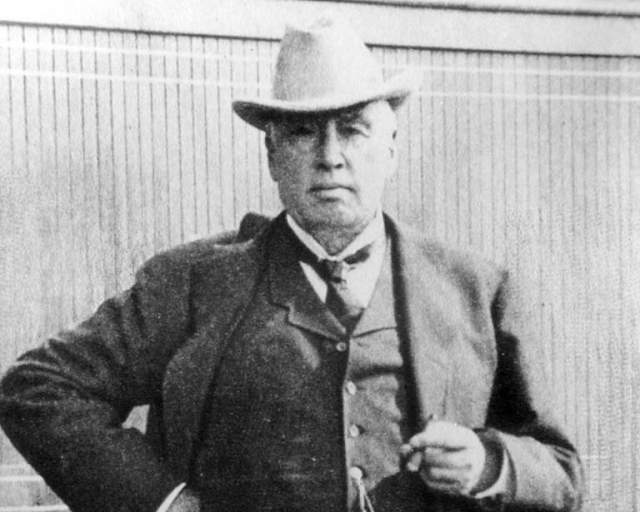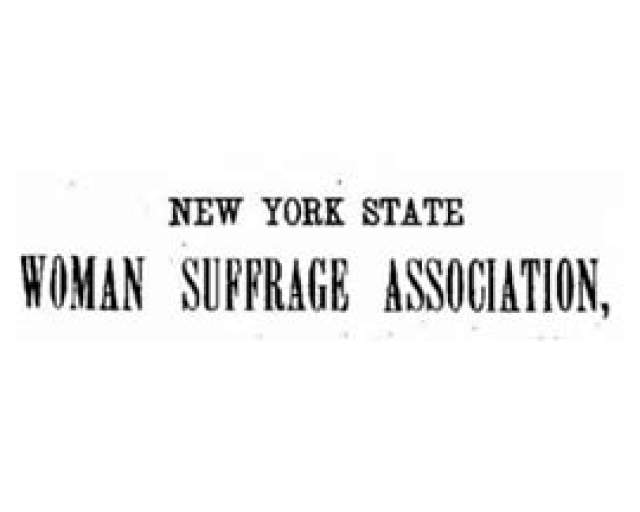On Tuesday, December 5, 1871, author and satirist Mark Twain spoke at Auburn’s Academy of Music. He delivered his popular lecture "Artemus Ward."
On Wednesday, January 21, 1885, Robert Green Ingersoll, America’s foremost freethought orator, delivered his controversial lecture "Orthodoxy" here.
On November 10–11, 1891, the New York State Woman Suffrage Association (NYSWSA) held its twenty-third annual convention in Auburn at the Academy–now known as the Burtis Opera House, having operated under that name for about two years. Speakers included the nationally prominent suffragists Susan B. Anthony, Anna Howard Shaw, and Lillie Devereaux Blake; Jean Brooks Greenleaf, then the president of NYSWSA; and Mary Seymour Howell and Mary Pearson.
The Building and the Site. The Academy of Music could seat about 1400 persons on the second floor of the building it occupied; stores filled the ground floor. It stood on North Street just north of Genesee Street, abutting the Owasco River. That placed it about 200 feet north of the Orestes Brownson newspaper office location, today’s Phoenix Building. It replaced Corning Hall, one of Auburn's first large assembly halls, on the same site. The date of its construction is unknown, but it must have occurred between November 1868 and December 1871. Its builder was businessman and brewery owner Cary S. Burtis.
In 1889, four years after Ingersoll first trod its stage, the Academy of Music was remodeled and renamed the Burtis Opera House after its founder. This may have been done by Cary Burtis's son, Edwin C. Burtis, in tribute to his father. It is known that Edwin succeeded his father in operating the latter's brewery in that year, so it is possible he took over operation of the theater as well.
In 1904, following Cary Burtis's death, the Burtis Opera House was renamed the Burtis Auditorium. In 1913, the younger Burtis had the Auditorium expanded to incorporate both a motion picture theater and a skating rink. The idea was less strange than it might seem; Syracuse's Alhambra Theater had been so designed from its inception. The Auditorium received still another new name: the Burtis Grand. The Burtis Grand operated until 1918. In that year, it was one of several Burtis real estate holdings auctioned off after the death of Edwin Burtis in order to settle his estate. In the mid-1920s, the building was renovated and reopened as the Capitol Theater. The Capitol was razed in the 1970s as part of so-called urban renewal.
The site is now occupied by a Brutalist Modern brick-and-concrete commercial structure and its parking lot, which marks the actual site where the Academy of Music stood.
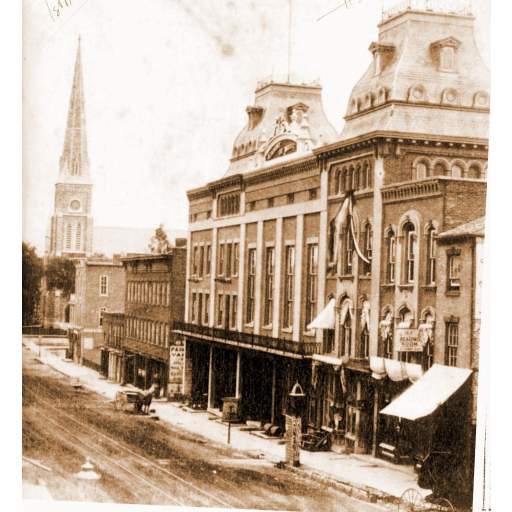
Academy of Music
The Academy of Music as it appeared in the 1870s. Image courtesy of Cayuga County Historian Linda C. Frank.
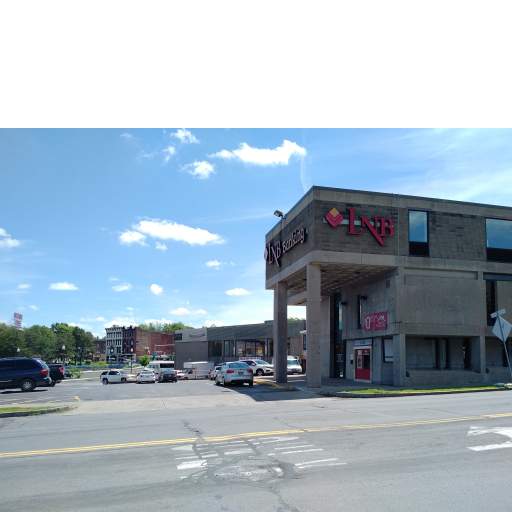
Academy of Music site
Site of the Academy of Music as it looks today, viewed from across North Street. The Owasco River occupies a trench just beyond the left edge of this photo.
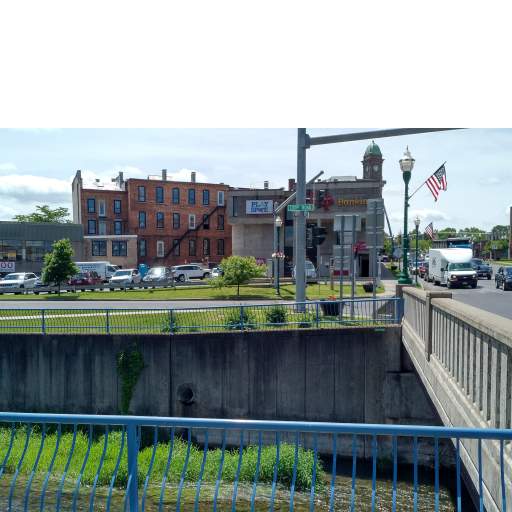
Academy site as viewed across Owasco River
View of the Academy of Music site looking south. Owasco River runs through trench in the foreground.
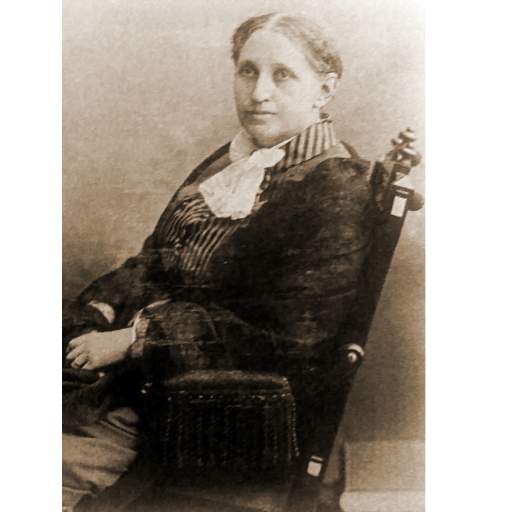
Jean Brooks Greenleaf
Jean Brooks Greenleaf was president of the New York State Woman Suffrage Association at the time of the 1891 convention.
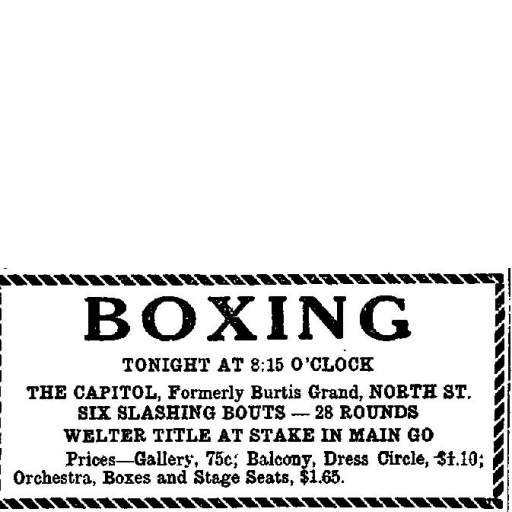
1926 Newspaper Ad
1926 local newspaper ad acknowledges that the Capitol Theater was formerly the Burtis Grand.
Associated Historical Events
Mark Twain Gives "Artemus Ward" Lecture in Auburn
December 5, 1871
Robert Green Ingersoll Gives "Orthodoxy" Lecture in Auburn
January 21, 1885
Twenty-Third NY State Suffrage Convention
November 10–11, 1891
